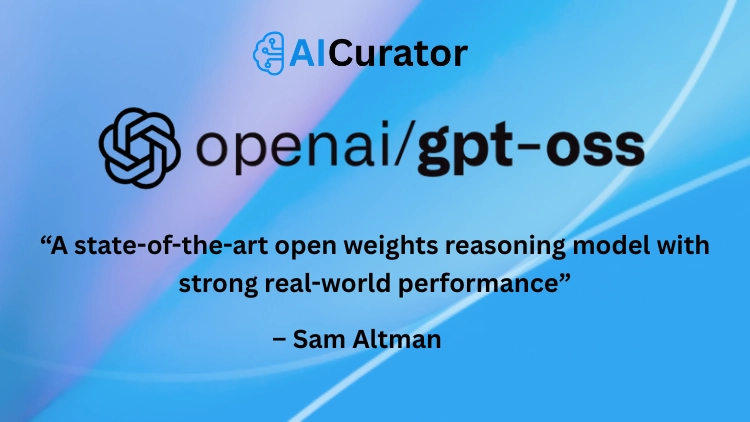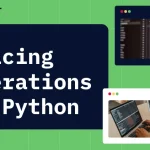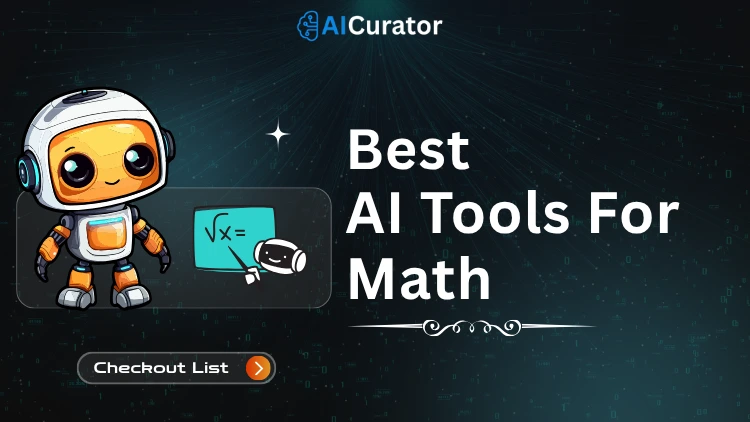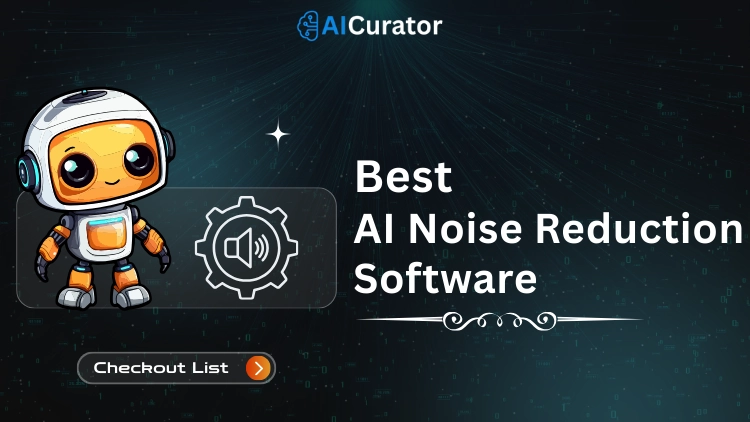OpenAI has flipped the script by releasing GPT-OSS, its first set of open-weight language models since GPT-2, marking a dramatic shift from the closed-source approach that has defined industry giants in recent years.
With gpt-oss-120b and gpt-oss-20b—two powerful models released under the Apache 2.0 license—OpenAI is empowering developers, enterprises, and the wider research community to embrace advanced, customizable AI without restrictions.
Key Takeaways
The News: Why GPT-OSS Is a Big Deal
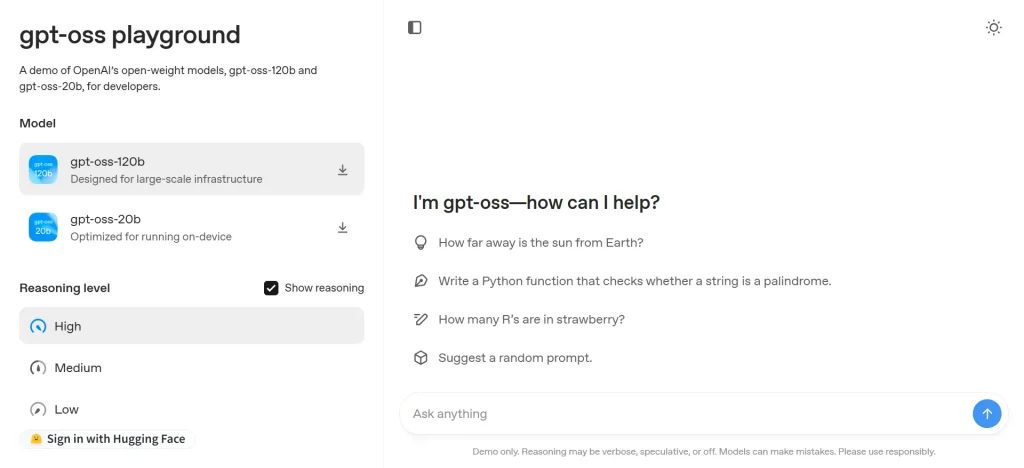
OpenAI’s launch of GPT-OSS is a pivotal moment not just for the company but for the global AI industry. For the first time in six years, OpenAI is providing best-in-class open-weight models, bucking its long track record of restricting leading-edge AI tech to controlled APIs or select partners.
CEO Sam Altman describes GPT-OSS as “a state-of-the-art open weights reasoning model with strong real-world performance,” claiming it’s the best and most usable open model in the world today.
The move is widely seen as a response to recent open-weight releases from DeepSeek, Meta, and Mistral, reflecting growing demands for customizable, privacy-conscious, and efficient AI that can be run and governed by individuals and organizations themselves.
gpt-oss is a big deal; it is a state-of-the-art open-weights reasoning model, with strong real-world performance comparable to o4-mini, that you can run locally on your own computer (or phone with the smaller size). We believe this is the best and most usable open model in the…
— Sam Altman (@sama) August 5, 2025
Detailed Model Specifications
| Model | Total Params | Active Params/Token | Layers | Experts/MoE Layer | Max Context | Min GPU Needed |
|---|---|---|---|---|---|---|
| gpt-oss-120b | 117B | 5.1B | 36 | 128 (@4 active) | 128k tokens | single 80GB H100 |
| gpt-oss-20b | 21B | 3.6B | 24 | 32 (@4 active) | 128k tokens | single 16GB GPU |
Core Features and Use Cases
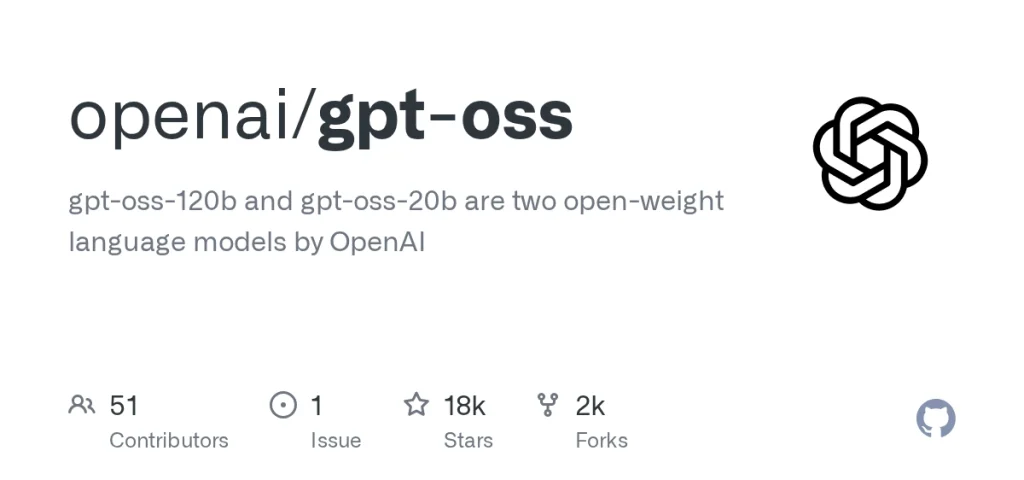
What Sets GPT-OSS Apart?
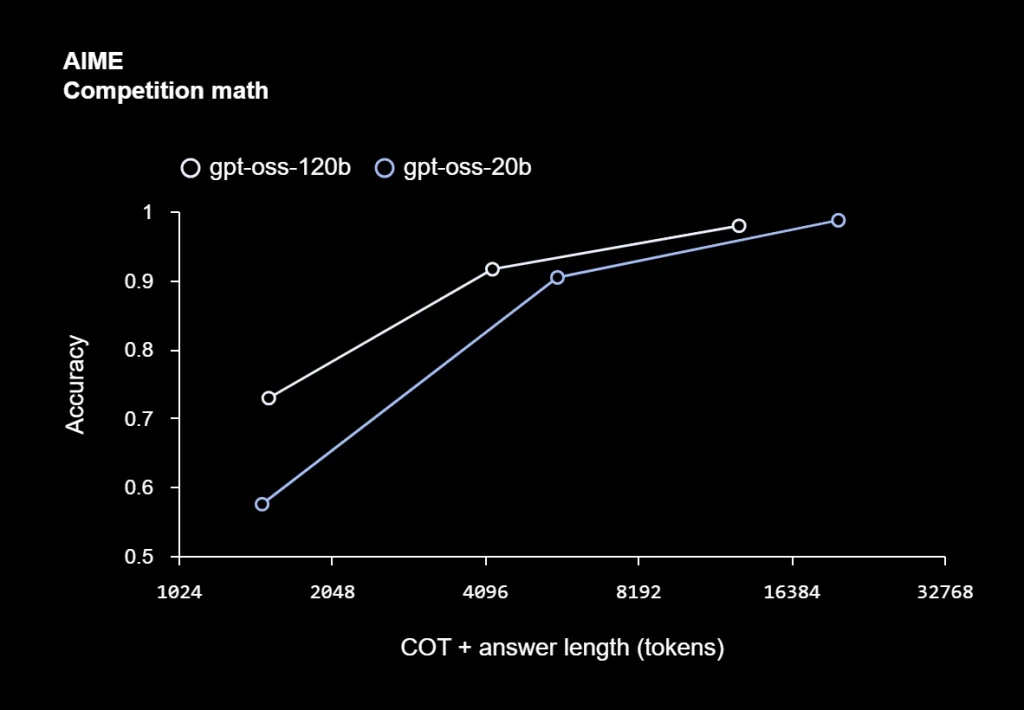
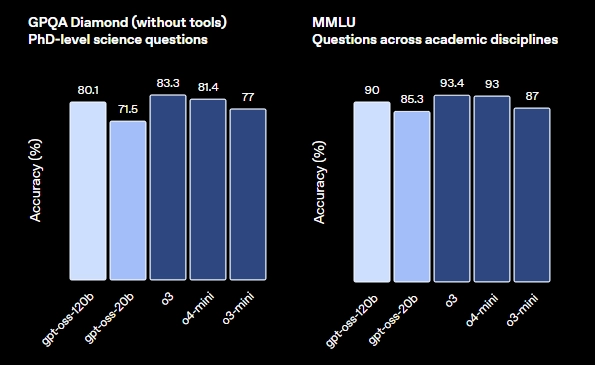
Unlike other open-weight models, GPT-OSS achieves near chatGPT-level performance on core reasoning tasks, according to OpenAI and independent benchmarks.
Its combination of enormous context window, efficient MoE design, and straightforward licensing make it a top-tier option for research, enterprise, and creative projects—in many cases rivaling commercial closed models like GPT-4o and O4-mini.
Practical Applications
Recommended Readings:
Final Words
OpenAI's GPT-OSS models mark a shift toward greater transparency in AI development, enabling users to adapt advanced technology for specific needs without relying on closed systems. This release encourages collaboration among researchers and businesses, potentially accelerating progress in areas like agentic workflows and long-context processing.
As the AI community explores these open-weight options, the focus turns to practical implementations that prioritize privacy and control. Consider checking out the models on available platforms to see how they might enhance your own work.







